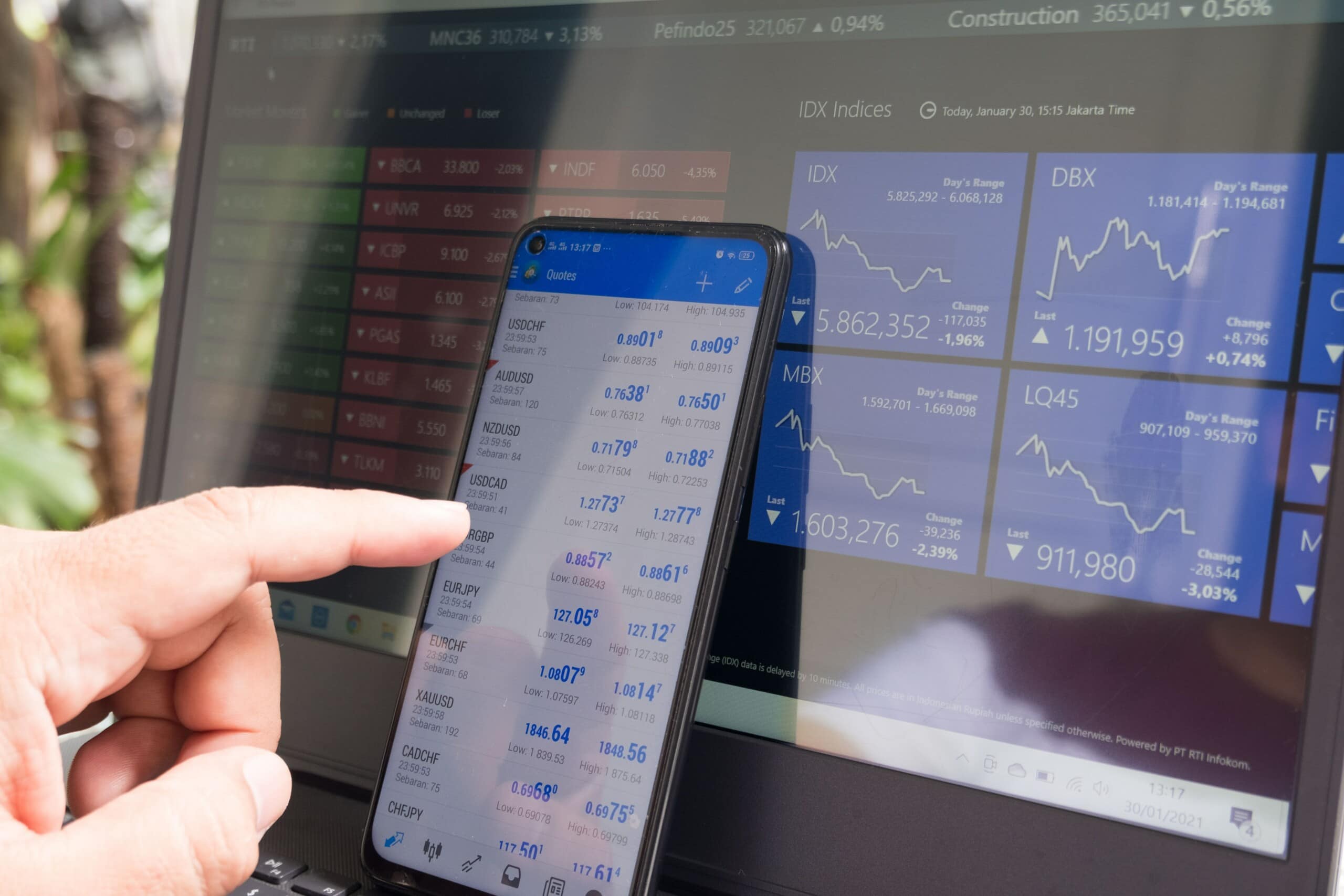Any links to online stores should be assumed to be affiliates. The company or PR agency provides all or most review samples. They have no control over my content, and I provide my honest opinion.
Forex trading has always been a great way to make money, but it has become even more profitable in the last few years due to global economic instability. What sets forex trading apart from stock trading or commodity trading is that it doesn’t rely too much on significant price changes. Generally, forex traders are like day traders. They execute a lot of trades within a small amount of time and profit from the minor changes that are consistently taking place in the market. There are some slower traders who prefer to buy and hold, but they are a minority.
Due to the nature of trading in this industry, the way technical analysis is used differs from other forms of trading. While it does use many of the same instruments in charting, the application varies and interpretation of data is extremely important. Together with the market knowledge and a good understanding of the previous trends of a currency, a trader can quite accurately understand how an asset will behave. Of course, things like the recent problems in Russia and Europe are an anomaly, and they too have a huge impact, but in the normal course of things, it can be quite easy to predict. Let’s look at some of the most common kinds of chart patterns that forex traders use to make their money.
1. Cup and Handle
The cup and handle pattern is one that is more relevant to long-term traders, but it has been known to show up in short-term trades as well. It is characterized by a significant drop in price which is sustained over a good period of time and then a sudden rise back to the initial price. This rough ‘U’ shape makes up the ‘cup’ part of the move. After returning to market price the trend falls back down by a retracement of 10%-50% which only lasts a little while. This smaller dip after the main cup portion forms the handle, and later leads the price back to normal levels. Generally, a cup and handle movement depicts a bullish market and leads to a rise in price. This trend can last anywhere from 1 month to 6 months, or the entire process could be executed within a couple of weeks.
2. Butterfly
People often confuse the butterfly pattern with the head and shoulder pattern. While they are similar, the main difference is in the fact that the butterfly has no head portion and the shoulder portion, which are the wings in this case are uneven. This is another pattern that relies heavily on the Fibonacci principle and uses retracements as the main shift points. This is a pattern that is effectively used in quick trading techniques that rely on harnessing the power of small price changes. The price spikes up from the equilibrium point to point A, the highest point, and then plummets down to B which is a temporary equilibrium higher than the market standard. This triangle creates the first wing. The second wing is a replication of the first but with a smaller price jump.
3. Tweezer
The tweezer pattern relies heavily on the direction of the candlesticks to determine where the market is going to go. It is shown by two candlesticks right next to each other showing the opposite direction. This typically happens when the trade will close at one position on the first day and start in the opposite direction the next day. These are known as the top and bottom patterns. Also, when you trade the tweezer top pattern, it is seen as a bullish reversal of a downtrend, whereas a bottom pattern is seen as a bearish reversal of an uptrend. While the tweezer pattern does represent a complete change in market sentiment, what it doesn’t show is where the rest of the trading day is going to go. Whether it opens up or down, it could still lead to unexpected results later on in the day.
4. Engulfing Pattern
Engulfing patterns are one of the easier patterns to identify. They are somewhat similar to the tweezer patterns, but they are more potent and at a larger scale. An engulfing pattern occurs when the candlestick of one day completely engulfs the candlestick from the previous day. In the case that it is a bearish pattern the candlestick will have a downward trend and it will take over the previous day’s upward trend. On the contrary, when a downward trend is completely engulfed by an upward candlestick, it is said to be a bullish pattern.
5. Bull And Bear Flags
For traders, this is one of the most profitable trends to be able to identify. The idea in the background is that a commodity will retain a consistent price behavior in any given trend but will have moments where it goes against the grain. That is, if there is a general downward trend taking place, there will be a moment where the trend either flat lines or it even moves in the opposite direction temporarily and then returns to the same downward trend.
When this happens in a downward price trend, it is reflective of a bearish trend, and when this happens in an upward price trend it is illustrating a bullish trend. When a trader is able to identify, with reasonable accuracy, when a trend is about to change or revert, they can either buy or sell according to this information and cash out this change in behavior for substantial margins.
6. Rising/Falling Wedges
Wedges are another highly profitable movement for those that understand it. These are also known as triangles. These wedges show when a commodity starts to trade within a price range that is growing consistently tighter and narrower. The base of the triangle or the starting point of the wedge has the broadest variation and it all narrows down moving forward. At the peak of the triangle or the narrowest part of the wedge, the price finally breaks out and bursts into an upward or downward trend.

The important thing to note in these patterns and movements is the overall trend. Looking at the pattern in isolation only shows a part of the picture and with commodities such as forex, this can lead to a completely inaccurate understanding of the market and the commodity. Reading these patterns is a critical skill, but it is just as important to understand the context in which these changes are taking place in order to make the right decision and profit from these fluctuations and behaviors.
I am James, a UK-based tech enthusiast and the Editor and Owner of Mighty Gadget, which I’ve proudly run since 2007. Passionate about all things technology, my expertise spans from computers and networking to mobile, wearables, and smart home devices.
As a fitness fanatic who loves running and cycling, I also have a keen interest in fitness-related technology, and I take every opportunity to cover this niche on my blog. My diverse interests allow me to bring a unique perspective to tech blogging, merging lifestyle, fitness, and the latest tech trends.
In my academic pursuits, I earned a BSc in Information Systems Design from UCLAN, before advancing my learning with a Master’s Degree in Computing. This advanced study also included Cisco CCNA accreditation, further demonstrating my commitment to understanding and staying ahead of the technology curve.
I’m proud to share that Vuelio has consistently ranked Mighty Gadget as one of the top technology blogs in the UK. With my dedication to technology and drive to share my insights, I aim to continue providing my readers with engaging and informative content.





